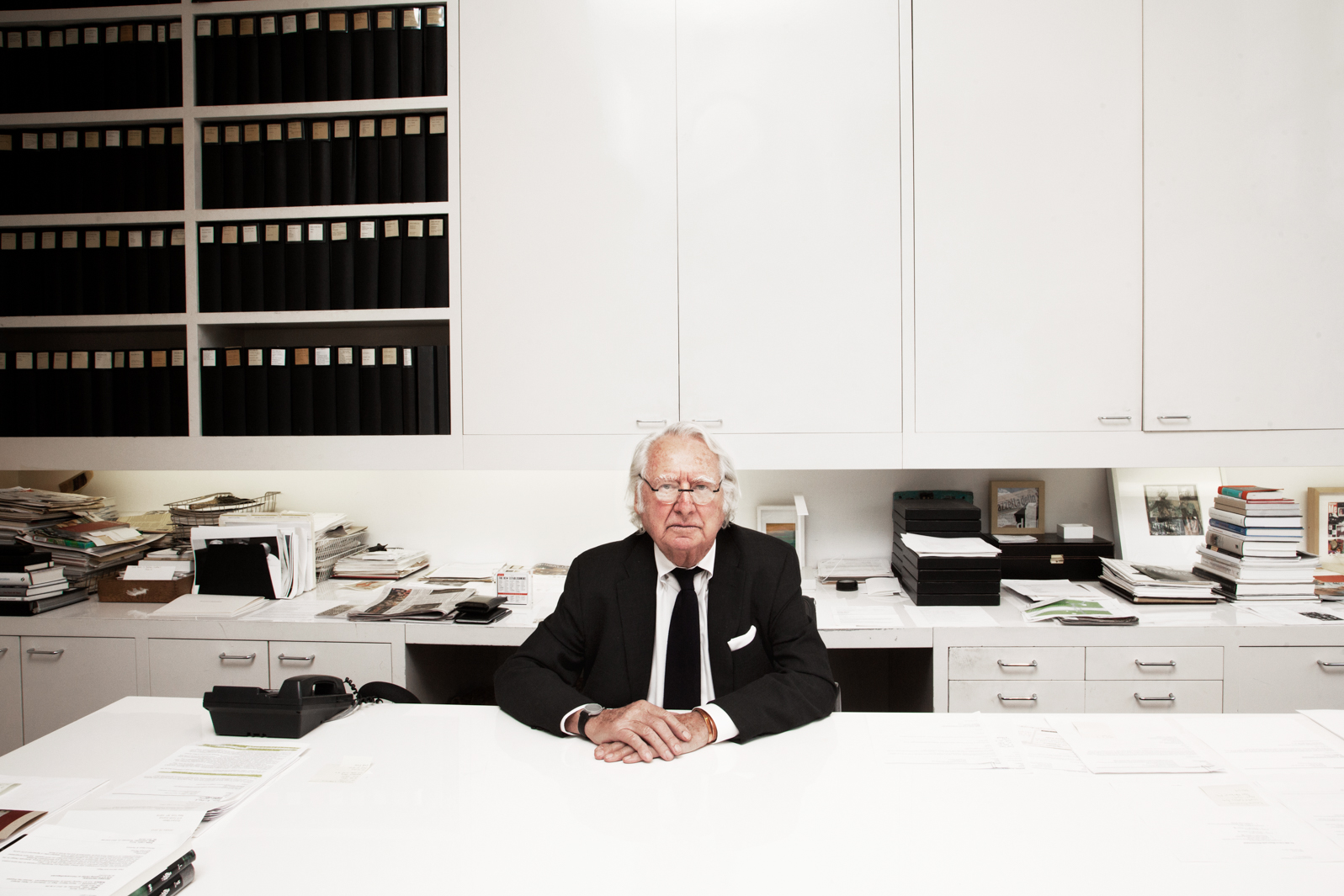
Richard Meier established his architectural practice in 1963. Only a few years later, at the age of thirty-one, he designed the Smith House in Darien, Connecticut, a project that simultaneously launched his career and redefined modern architecture for a new era. The Smith House won critical acclaim immediately upon its completion in 1967, and its enduring influence on the course of American architecture was recognized with the 25 Year Award from the AIA in the year 2000. Over the first decade of his career, Meier went on to design a series of other strikingly original residences, including the Douglas House in Harbor Springs, Michigan, completed in 1973, which was added to the National Register of Historic Places in 2016 in honor of its exceptional historical importance. Meier has continued to design iconic residences throughout his career—including private homes, condominiums, and apartment towers around the globe—and Meier-designed residences remain some of the most sought-after in the world. Yet Meier’s extraordinary influence over the long arc of his career is also due to the ease and grace with which he has transitioned between domestic architecture and the larger scale of the civic and commercial buildings for which he is equally renowned. Over nearly six decades, he has completed more than 130 projects of all types and sizes around the world, from museums and research laboratories to office towers and master plans. Among his best-known projects are the iconic Getty Center in Los Angeles, the celebrated High Museum of Art in Atlanta, and the acclaimed Jubilee Church in Rome. In 1984, Meier was awarded the Pritzker Prize for Architecture, and he has also received every other major award in his field, a fitting recognition for the contributions he has made over a lifetime spent in the passionate pursuit of excellence.
“Richard Meier’s architecture is timeless. Timeless doesn’t mean that a building has no connection to its time, or doesn’t represent its time; it means that a building isn’t limited by its time. It means that it transcends its time, and can speak powerfully to other times. Richard Meier’s career is now more than half a century long, and his work still feels vivid and fresh to us now.”
–Paul Goldberger
No matter where they are located, Meier’s buildings are instantly recognizable. One of the signature achievements of his outstanding career has been the development of a distinctive design language that is entirely his own. Praised by critics as one of the most gifted compositionalists of his generation, Meier has refined the traditional vocabulary of modern architecture into an extraordinary expression of lightness and grace, which remains grounded in a profound respect for materials, craft, and tradition. It is this unique combination that has allowed Meier to contribute meaningfully to the aesthetic evolution of contemporary architecture while also creating an architecture defined by its timeless presence. As Meier memorably described his approach to design, “mine is a preoccupation with light and space; not abstract space, not scaleless space, but space whose order and definition are related to light, to human scale and to the culture of architecture.”
Meier has successfully adapted this visionary sensibility to all scales of architecture because of his abiding sensitivity to context. Each of his projects has been shaped by his profound desire to create new and meaningful spaces, buildings that transcend their function to engage and harmonize with their environment—what he describes as an “architecture of connection.” His buildings embody a sense of inspiration and convey a sense of collectivity. They are designed to assume a civic role, fostering the growth of culture and community and mediating between old and new, private and public, and movement and stasis. Their iconic power comes not only from their extraordinary presence as aesthetic objects but from their ability to create new identities and establish new senses of place, transforming and uplifting their surroundings.
“We are all the better for Richard Meier’s career: whether it is in public projects or private ones, residential or institutional ones, his work has consistently stayed true to a set of values and ideas. He believes that architecture should make life easier, and bring delight and joy…And most important of all, he believes that architecture is the privilege of all of us.”
-Paul Goldberger
Meier’s architecture is as experientially rich as it is visually compelling. While his designs are distinguished by sophisticated ideas and elegant compositions, they always connect to their occupants on a visceral level. One of his most fundamental beliefs is that architecture creates uplifting experiences through the poetic expression of light and space—experiences that are impactful for both the individual and the collective. For nearly 60 years, Meier has been striving toward an architecture of commitment and integrity. He believes, finally, that it is the architect’s responsibility to use the power of architecture to meet the challenges of our age—from environmental sustainability to affordable housing—in order to make a meaningful contribution to the future of our society.